Social Conditions during Mughal Period:
The Indian Society during the medieval period was largely organized on the basis of a feudal structure that continued even in the time of the Mughal rule. The king was at its apex. His court was the centre of wealth and influence. Next in rank to the king were the official nobles, the Mansabdars who held positions of honour and influence which none else outside the pale of imperial service could enjoy. The common people formed something like an unprivileged class and plied their humble trade and professions.
The nobles of the Mughal period formed a privileged class. Most of them were foreigners such as Turks and Afghans. But there was a tussle between them throughout this period. However, many of them settled down in India and made it their permanent home. They readily assimilated themselves into the Indian society and culture. At the same time, they retained some of their personal traits. From the time of Akbar, the Hindus, particularly the Rajputs were included in the nobility. For example, mention may be made about Raja Man Singh, Raja Birbal and Raja Todar Mal. Later, the Marathas also joined the Mughal service and rose to the position of nobles. The life of the nobles who lived during the Mughal period was opulent and luxurious. The mansabdars and jagirdars who formed a large part of this section maintained landed estates, used luxury products lavishly and indulged in a life of debauchery and extravagance. Frequent drunken soirees and harems with a large number of women were common features of the times. Sports like hunting and gambling amusements were other favoured pastimes. The incomes of the upper crust were spent as quickly as it was acquired.
The condition of the lower orders was miserable as compared with that of the upper classes. Their clothing was scanty, shoes and woollen garments they could not afford to have. Their houses were built of mud and thatched roofs. They were even seized by force and made to work in the houses of nobles or officers who paid them what they liked. Towards the close of Shah Jahan’s reign when the administrative system grew worse the conditions of the working classes deteriorated. We have it from Bernier that the peasants and artisans were cruelly oppressed and as consequence agriculture was neglected.
Akbar abolished the enslavement of prisoners of war but slavery as an institution flourished. Slaves were recruited by hunting forest tribes or by kidnapping. The evil of slavery was rampant in Bengal. Some slaves were also imported from abroad particularly from Abyssinia. Shah Jahan in 1629 enslaved the whole population of the Portuguese settlement in Hubli. The landless labourers were also treated as slaves. They had no freedom to choose their masters.
In Mughal Society, women generally occupied a subordinate position. The social practices of the period included sati, child marriage, kulinism (a Brahmin having more than one wife) and the dowry system. Akbar tried to regulate these social practices. He sought to check marriage before puberty, marriages between near relatives, acceptance of higher dowries, and polygamy. Purdah or veiling of women was a common practice among the Muslims, and it was also adopted by Hindu women after the advent of the Muslims.
The relation between the Hindus and Muslims was much better than it was in the Sultanate days. The preachings of saints and social reformers like Kabir and Nanak and the Sufi saints and the tolerant policy of Emperor Akbar did much to produce greater harmony between the two communities. Most of the festivals were celebrated jointly by the people of the communities. Akbar observed Hindu festivals and Jahangir has praised Rakshabandhan. Some of the nobles observed the Holi festival and Daulat Rao Scindia and his officers joined Muharram processions in a green dress like Muhammadans.
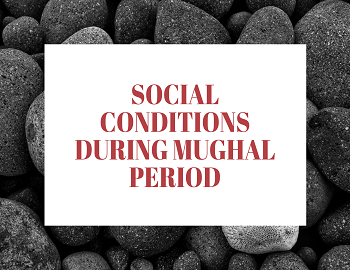


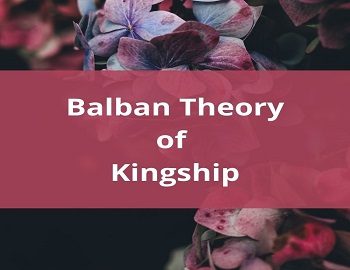
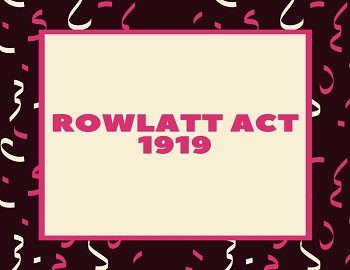

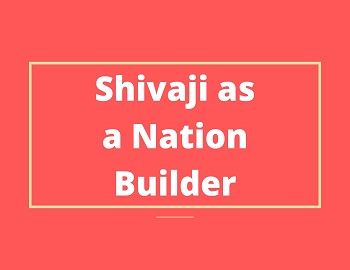
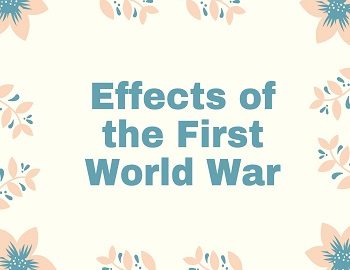

Comments (No)